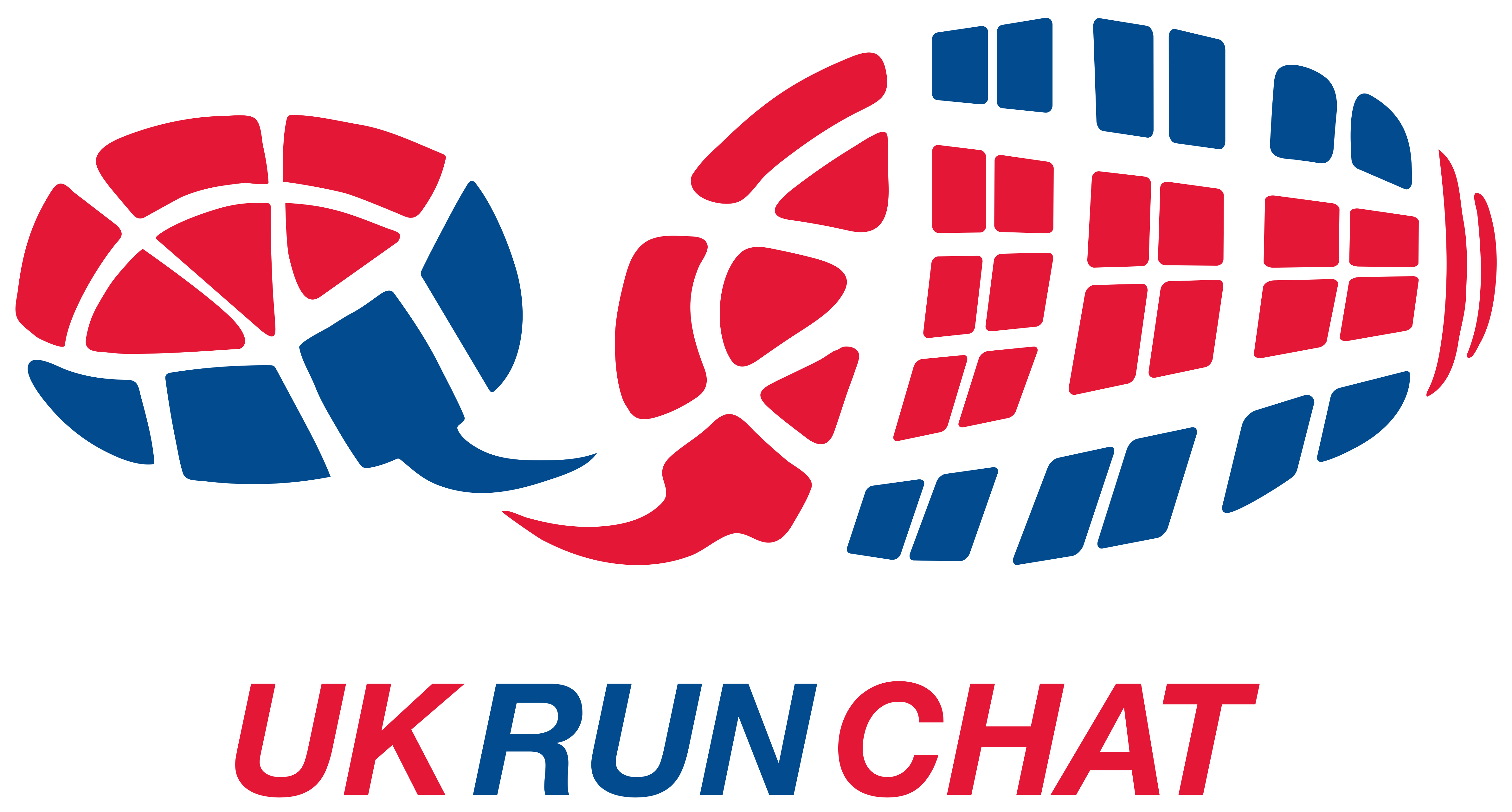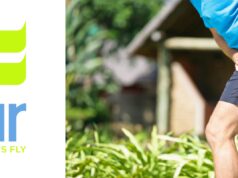I’m sure a lot of you are or have been experiencing some sort of calf pain or soreness in the last few weeks, especially if you’ve done a marathon!
The two main muscles of the calf are the gastrocnemius and soleus, they have to work hard when running. They act as shock absorbers by taking the load of your body weight, then they help propel you forward with every stride. So it’s not surprising they get sore.
Here are some of the symptoms you could be experiencing in your calf muscles:
· Sharp pain
· Dull aches
· Excessive tension
· Swelling
· Weakness
· Reduced ankle movement – (especially pointing your foot up).
The majority of the time this is caused by the calf being over-worked, causing excessive damage to the muscle fibres. Of course there are other causes, so if you are concerned I recommend seeing a doctor or qualified healthcare professional for advice.
So what’s the cause?
Overloading, weakness, and fatigue of the calf muscles
If you’re new to running or coming back after a break or injury you’re at a higher risk of suffering from calf soreness/pain, as they adapt to running.
One of the first things to look at is changes to your training routine or lifestyle. Have you increased your weekly mileage by more than 10%, been skipping recovery days, or been on your feet or walking more than usual? If you answered yes to any of these you’re putting your calves at risk of being overloaded.
You also need to be careful adding speed work and hill sessions into your training. This needs to be done gradually and preferably not at the same time as increasing your mileage.
Muscle imbalances in your hips can also effect the calves, something I commonly see with runners is tight hip flexors which inhibit the glutes. If the glutes become weak and mis-firing, they are not effective at extending the hip whilst running, this leads to the calf working harder to propel you forwards. If your job involves sitting most of the time you probably have tight hip flexors, so you need to spend extra time stretching them.
Your running technique can also contribute to your calves being overused, if you heel strike this will put more load through them. It takes time to change your running style, so should be done gradually to avoid other injuries, whilst your body is adapting. Forefoot and mid-foot striking results in lower impact force, which in the long run will help lighten the load on your calves.
Looking after your calves
If your calves are feeling really painful the first thing to do is rest and let them recover. To speed up recovery try applying an ice pack to the area for 15 minutes 3 to 6 times a day. Sports massage from a qualified professional may also help.
Make sure you warm-up and cool down for 5 minutes before and after your run, this helps prepare your muscles for exercise, and aids in the removal of metabolic waste.
Always stretch your calves after you run, hold for 30 seconds and repeat 4 – 6 times to allow the muscles fibres to lengthen. If you find it hard to relax try taking a deep breath in, then relax into the stretch as you breathe out.
Glute strength work is essential to make sure they are strong and firing properly, this will prevent your calves from being overused when running. My last blog on posture and performance had some good glute exercises, such as the bridge and superman.
Check you have appropriate footwear when running, walking, or at work. You may want to have a gait analysis next time you buy a pair of trainers, to make sure they’re suitable for you. Make sure your everyday shoes give you plenty of support, whatever you’re doing in between your runs will affect your recovery.
Exercises and stretches for your calves
Here’s some exercises and stretches to help keep your calves in a good condition. Ideally do these exercises on your days off from running once or twice a week, start off with 2 sets of 10 reps, gradually building up to 3 sets of 20 reps. I only recommend doing these exercises and stretches if you can do them pain free.
Here’s a video showing how to do calf raises, eccentric heel drops, and calf step backs.
You don’t want to rely on your calves to propel you forward when running, this is primarily your glutes job. However when everything fatigues at the end of a race, we generally lose our running form, and rely on other areas to keep us going. This is why it’s good to do specific strength work for the calves.
Here’s a video showing four variations of stretches for the calf muscles (gastronemius and soleus).
Stretching is a great way to release tension in your muscles, however it needs to be done regularly. Research suggests that holding a stretch for 30 seconds is the most effective duration. Make sure your muscle are warmed up first, hold the stretch for 30 seconds and repeat 3 to 4 times. If you can stretch on a daily basis that would be ideal, however the most important time is as soon after your run as possible.
As mentioned earlier calf pain can be a sign of more serious health issues.
If you are in any doubt please seek medical advice.






